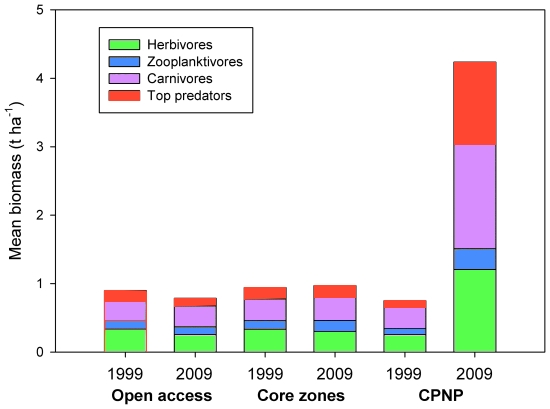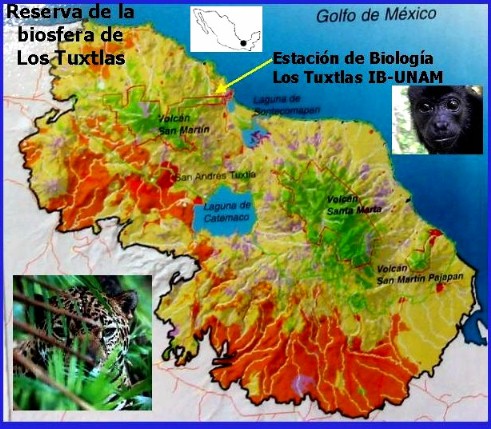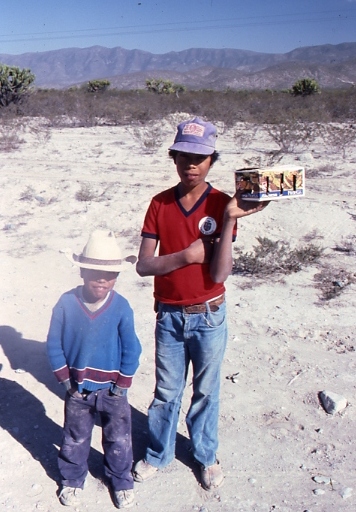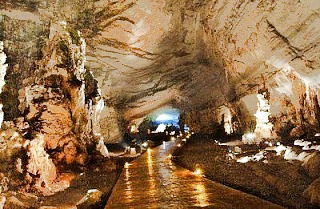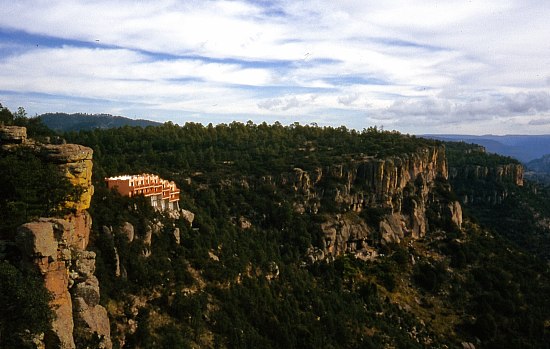This Tourism index page lists the most relevant posts on Geo-Mexico related to tourism, including history of tourism in Mexico, types of tourism, major resorts, and current trends. It is updated periodically.
Importance of tourism:
- Mexico welcomed a record 32.1 million tourists in 2015 (Mar 2016)
- The importance of tourism to Mexico’s economy (Mar 2010)
- Is tourism in Mexico expanding? (Sep 2010)
- How well is tourism doing this year in Mexico? (2012)
- Mexico’s tourism development policies: a model for the world? (Aug 2015)
History of tourism in Mexico, hotels, publicity campaigns:
- The development of railways led to tourist guide books
- Review of “Holiday in Mexico: Critical reflections on tourism and tourist encounters”
- Mexico hosts 2014 World Tourism Day
- Mexico has seven of the world’s 100 best hotels (Jan 2015)
- Some of Mexico’s top hotels have sustainable tourism certification from EarthCheck (Sep 2010)
- Eat here to believe it! The second phase of Mexico’s “Live It To Believe It!” tourism campaign (Nov 2014)
Magic Towns:
- Mexico’s Magic Towns (Sep 2015)
- The distribution of Mexico’s Magic Towns (with links to earlier posts)
- Mexico’s Magic Town program loses its shine
- Mexico’s Magic Towns program going international
- Mexico’s Magic Towns program under review (Mar 2014)
Cancún and the Riviera Maya (Maya Riviera), Quintana Roo:
- Quintana Roo, Mexico: Is mass tourism a form of colonialism? (Dec 2015)
- The growth of Cancún, Mexico leading tourist resort
- Ecological footprints, marine conservation and Cancun’s underwater sculpture park
- Tourist numbers for Cancún, 2000-2014
- The resort city of Cancún continues to grow (Apr 2014)
- Beach erosion in the tourist resort of Cancún, Mexico (Dec 2010)
- Beach replenishment needed in Quintana Roo (Mar 2015)
- Another Cancun hotel construction project stopped (Apr 2016)
- Ecocide in Cancún: mangroves destroyed overnight (Jan 2016)
Huatulco and Oaxaca:
- The development of Huatulco, the tourist resort in southern Oaxaca
- Villages near Huatulco, Oaxaca: a case study in the “Integrated Administration of Natural Resources”
- Community-based ecotourism in La Ventanilla, Oaxaca: success or failure? (Jun 2015)
Acapulco:
- When did Acapulco first become a tourist resort?
- Does tourism in Acapulco match Butler’s resort cycle model?
Geotourism and ecotourism in Mexico:
- Geotourism and geomorphosites in Mexico
- 30 top geotourism sites in Mexico (Geo-Mexico special)
- Cultural and eco-tourism in the Copper Canyon region of Mexico
- How ecological is ecotourism in Mexico?
- Will the southern state of Chiapas become a haven for ecotourism based on mangrove swamps? (Oct 2014)
- The downside to publicizing one of Mexico’s most beautiful beaches (May 2016)
Cruise ships:
- Puerto Peñasco, Sonora, becoming Mexico’s first home port for cruise ships
- Sharp decline in number of cruise ships visiting Mexico (Jul 2011)
Lake Chapala, Ajijic, Chapala and the Lerma-Chapala basin:
- Retirees and “residential tourism”: a case study of Chapala-Ajijic in Jalisco
- Day trips and tourism in the Lerma-Chapala basin
- Tourism’s environmental impacts in the Lerma-Chapala drainage basin
- How can tourism perception be assessed? A case study using the Lerma-Chapala drainage basin
- Will UNESCO give World Heritage status to Lake Chapala? (Sep 2015)
Megaproject proposals and conflicts over tourism:
- lans for a tourism megaproject in Sinaloa, a Pacific Coast “Cancún”
- Conflict at Cabo Pulmo: mass tourism meets ecotourism (Nov 2011)
- New threat to Cabo Pulmo National Marine Park (May 2014)
- Back to the drawing board for US-Chinese tourism project near Cabo Pulmo (Jun 2014)
- Yet another tourism megaproject, this time in Nayarit (Jun 2016)
Specialized forms of tourism (tourism niche markets):
- Medical tourism and the medical equipment industry in Mexico (Jun 2014)
- Concert tourism> tourism based on major events in Mexico (Apr 2010)
- The 2014 Tecate SCORE Baja 1000 off-road race
Other (miscellaneous):
- Transborder geotourism mapguide for northern Sonora and southern Arizona
- Mexico’s webcams
- Mexican artist-geographer helped put Bali on the tourist map…
- The Aqueduct of Padre Tembleque: a World Heritage Site
Other Geo-Mexico index pages:
- Migration and remittances: an index page (25 Oct 2014)
- Maps of Mexico on geo-mexico.com (24 Nov 2014)
- The geography of Mexico City: index page (2 April 2015)
- 30 top geotourism sites in Mexico (Geo-Mexico special) (May 2015)
- The geography of Mexico’s drug trade: an index page (18 Jun 2015)
- The geography of Mexican farming, agriculture and food production: index page (22 Jun 2015)
- The geography of Chiapas (20 Aug 2015)
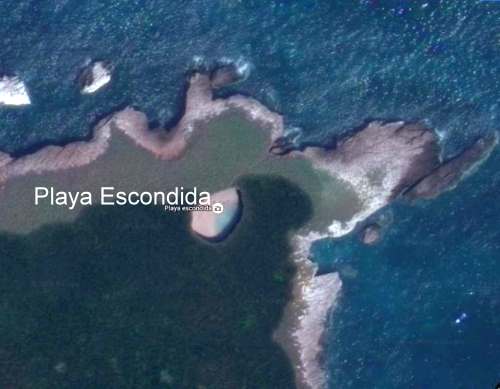

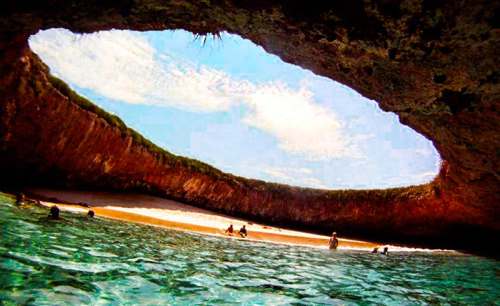
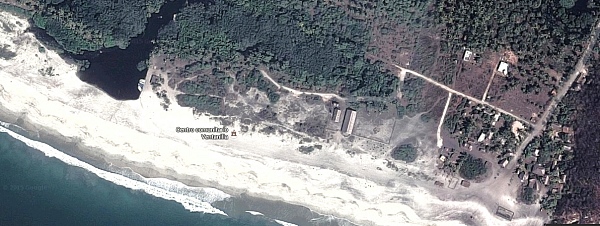
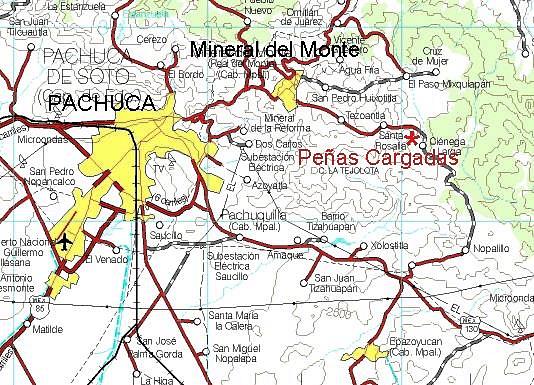
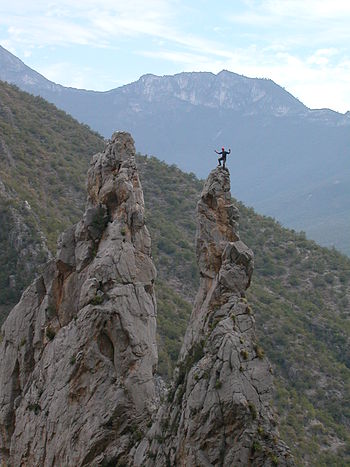
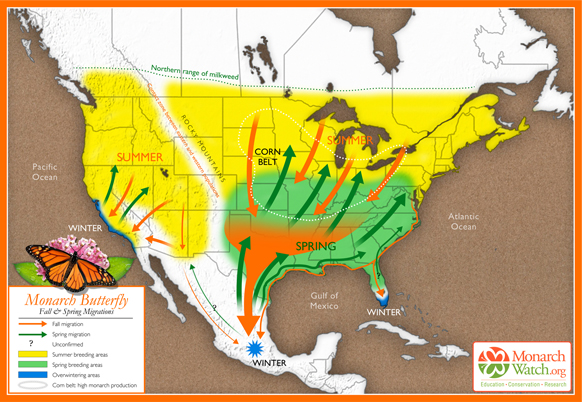

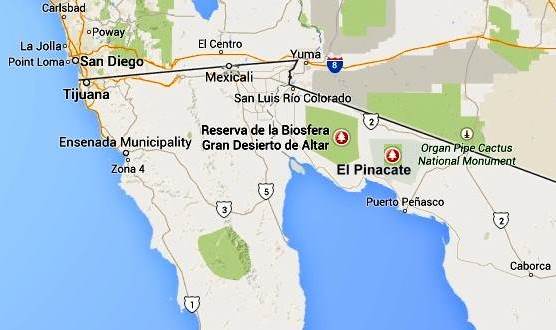

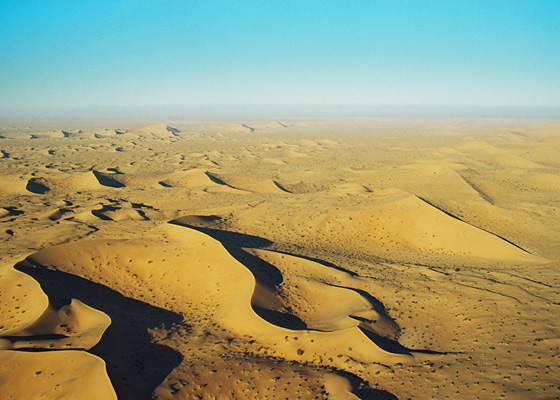

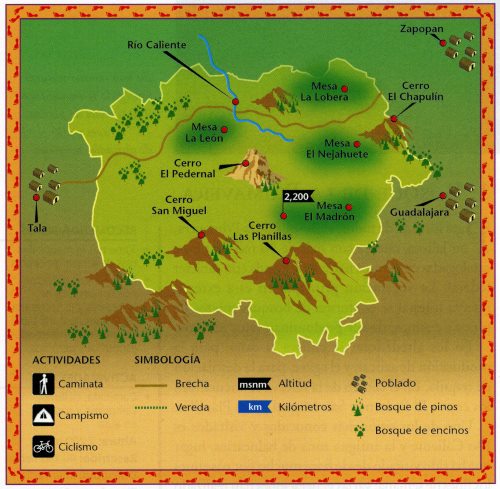
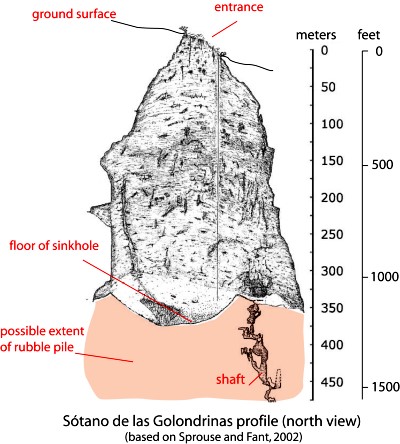


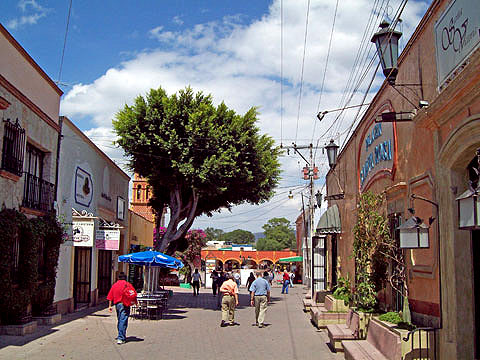
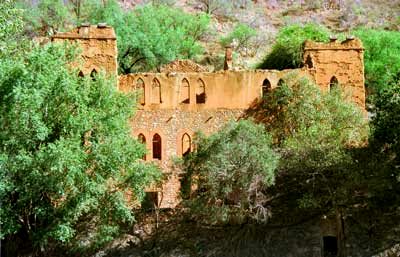

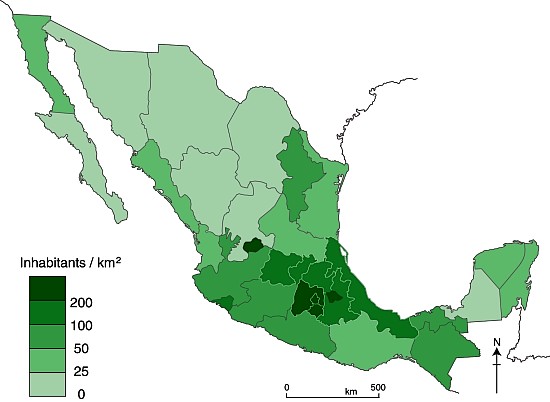
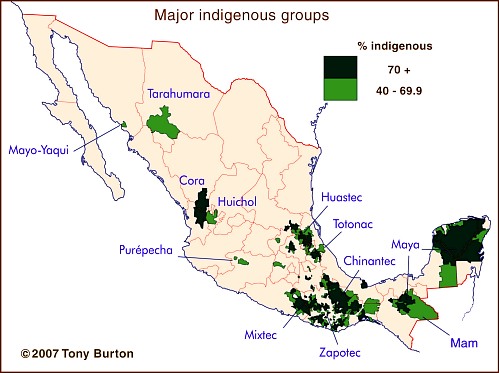
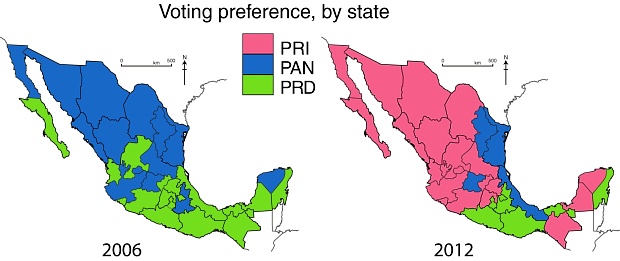
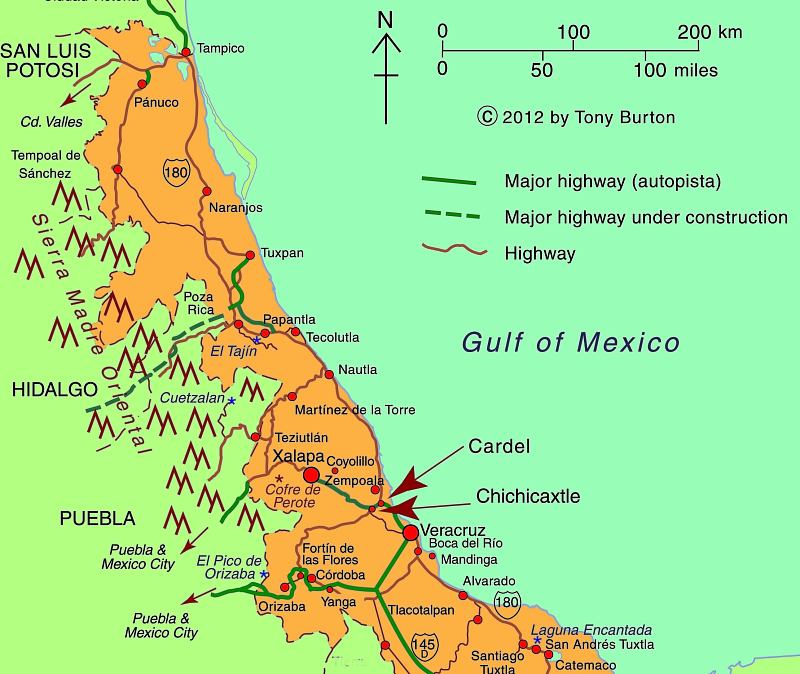
![birds-ibas-2 Important Bird Areas in Mexico [Birdlife.org]](http://geo-mexico.com/wp-content/uploads/2012/07/birds-ibas-2.jpg)

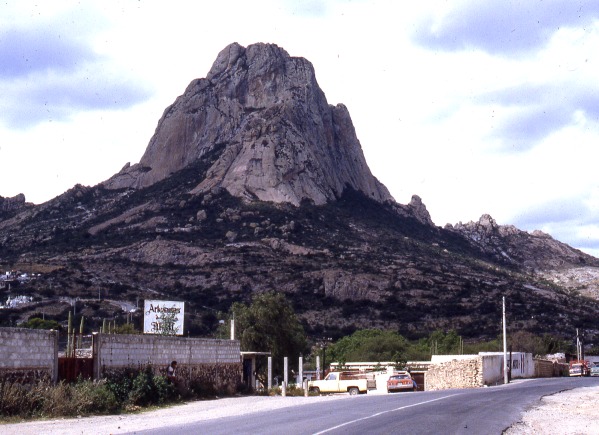
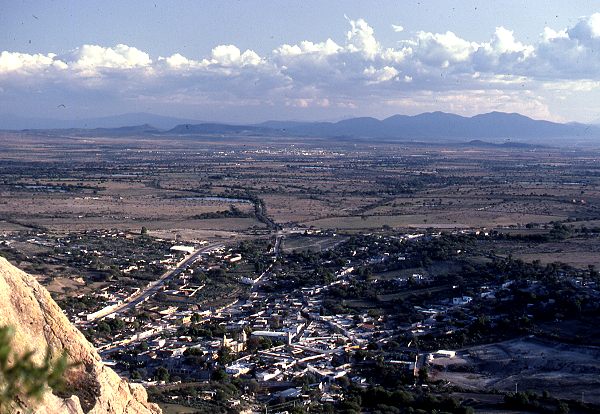
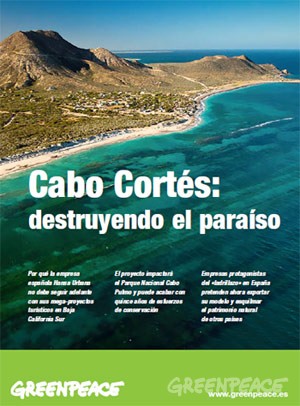
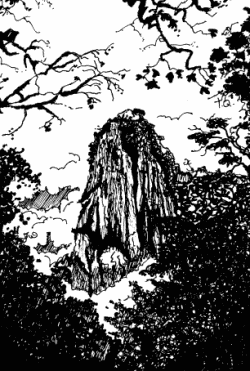
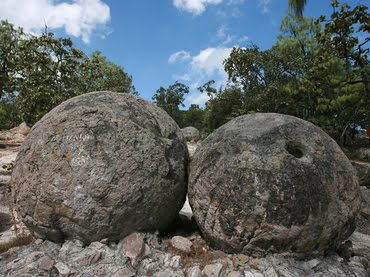
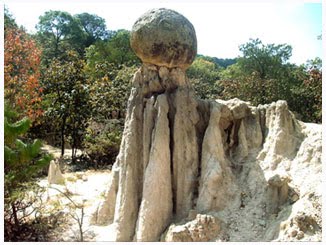
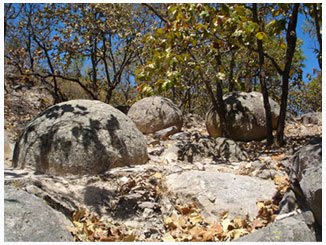
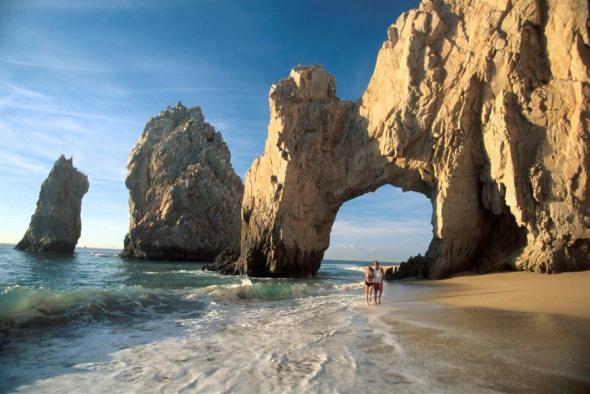
 Jacques Cousteau
Jacques Cousteau